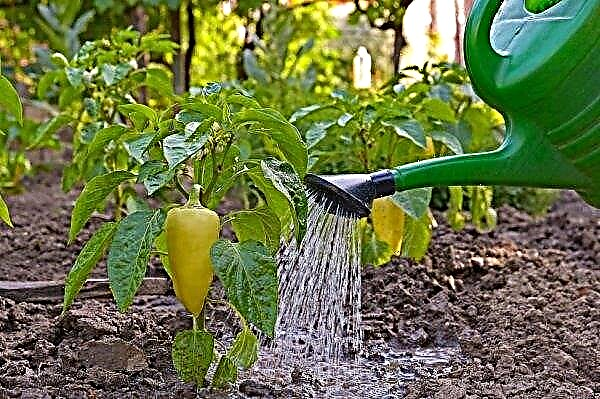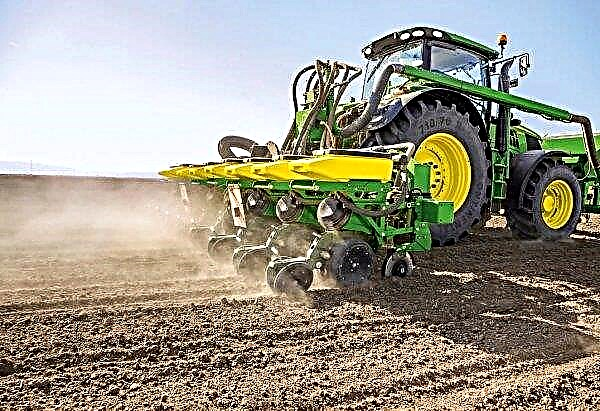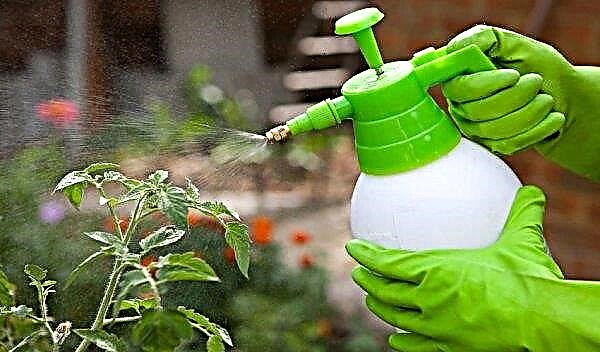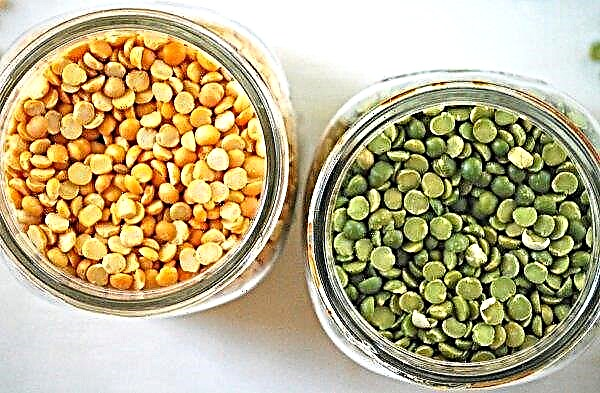Eggplant is one of the most popular vegetables in the cuisines of many countries. It can act both as an independent dish, and as an ingredient in various recipes. However, this vegetable must first be grown, and this process can not always go smoothly. One of the problems when growing is the drying of the plant.
Why do eggplants dry: the main reasons
Despite the fairly simple process of growing eggplants (no specific planting care measures are required), there are a large number of reasons that can cause this plant to dry out. They are connected with the fact that the correct conditions of detention are very important for this culture.
Did you know? Eggplant is considered to be the country of origin in India, and in Europe this vegetable was fully consumed. for food only in the XVIII century.
In the open ground
Very often, the causes of drying eggplant lie in violation of the temperature and watering: excess heat and moisture can lead to decay of the root system, and their lack can lead to dehydration. A similar situation with lighting: too long daylight hours contributes to overheating and drying out of the leaves, or even the appearance of burns on them. If the daylight hours, on the contrary, are too short, then the leaves do not produce the necessary minerals and, as a result, dry out and crack.
In addition, problems can occur even when transplanting seedlings. A widespread cause is root damage, which prevents the plant from taking root in a new place.
Another reason may be the lack of hardening procedures before planting on the beds, or its improper conduct. Because of this, the roots of seedlings are supercooled in cold soil and cannot absorb nutrients. The hardening itself is as follows: pots with seedlings 2 weeks before transplanting into the soil should be taken out for a short period of time (first 30 minutes) outside, increasing this time by 10 minutes every day. Failure to comply with the hardening time can lead to damage to the roots.
In addition, salinization of the soil can also cause eggplant leaves to curl and dry.
Important! Watering eggplant in the garden must be exclusively warm water.
In the greenhouse
One of the reasons most often causing eggplant to dry out is a violation of the nitrogen balance in the soil. Nitrogen is one of the key elements necessary for plant life, and its lack leads to the fact that plantings do not receive the right amount of nutrients and die.
Potassium is no less important for plants than nitrogen, and therefore potash fertilizers must also be used for feeding. In addition, violation of the norms of maintenance in the greenhouse - improper lighting, watering and temperature conditions can lead to damage and loss of planting.
What to do and how to fix the situation
The main thing in the fight against this problem is to determine its source. If the cause of wilting is due to the quality of the soil or root system, it is worth transplanting the plant to another place. If the vegetable dries due to violation of the conditions of detention, then they must be reviewed so that they become more suitable for growing crops.

If the drying of the plant is accompanied by burns on the leaves, it is necessary to change the lighting. On the beds this issue is solved by installing canopies, and in the greenhouse - by changing the position or reducing the number of lighting elements. With a lack of lighting in the garden, it is worth transplanting plants to a more sunny place, and in the greenhouse you need to install additional light sources.
With a lack of nutrients, fertilizing with nitrogen-containing fertilizers is required.
If there is a disease or pests, the problem is solved by treatment. It consists in the selection of the right drugs (they are determined by the disease or pest that hit the plant) and the subsequent processing of the plant according to the instructions for use of the product. It is also worth washing the leaves and, if possible, the root system of the eggplant with warm running water. After washing, the leaves must be wiped dry.Important! Eggplants do not like a sharp change in the conditions of detention, so if you find the causes of wilting not worth it immediately radically change these conditions - additional stress will only aggravate the poor condition of the landings.

Preventative measures
Prevention should begin to be carried out from the moment of transplanting seedlings. The main thing is to comply with the conditions of plant maintenance, and when wilting appears, correctly follow all recommendations to combat it. Before planting seedlings, it is important to harden it to prevent overcooling of the root system and increase the resistance of eggplants to adverse factors. After planting in the garden, top dressing and treatment of the plant with pest and disease agents are important. And finally, damaged and dried leaves must be removed.
Did you know? Eggplant belongs to the Solanaceae family. “Relatives” of these vegetables are plants such as tomatoes, potatoes and tobacco, as well as poisonous members of the family - dope, belem and mandrake.
Additional growing recommendations
In order for the eggplant to grow and decorate your table, one should take into account the following points:
- Seed selection is very important when growing seedlings. If you sow diseased or damaged seeds, then seedlings from them will be appropriate.
- Do not forget about crop rotation. Eggplant is not recommended to be grown for many years in a row in the same place. The most optimal break is 3 years. The bad predecessors of this vegetable are tomatoes and potatoes, and the good ones are carrots and legumes.
- When growing in a greenhouse, one should not forget about regular airing, because stagnant air creates an unfavorable environment for plants.
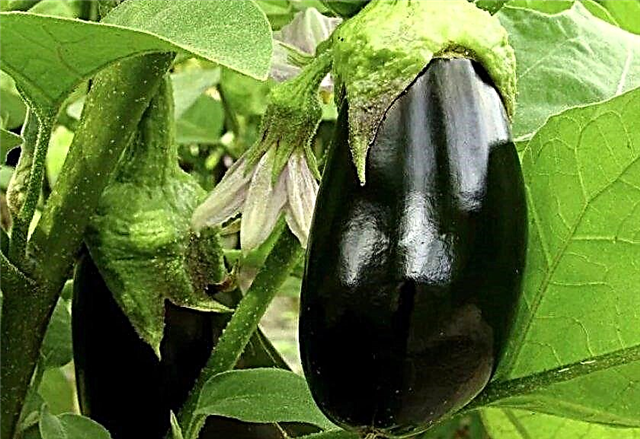
Drying eggplant is a common problem, and there are many reasons for its occurrence. Nevertheless, compliance with the growing conditions of this vegetable will protect it from such a problem and will allow you to collect a decent harvest.




